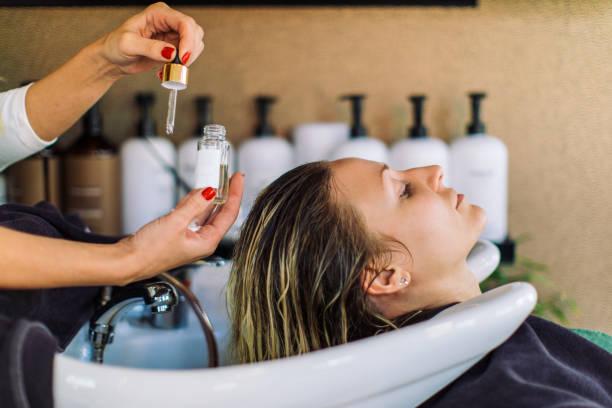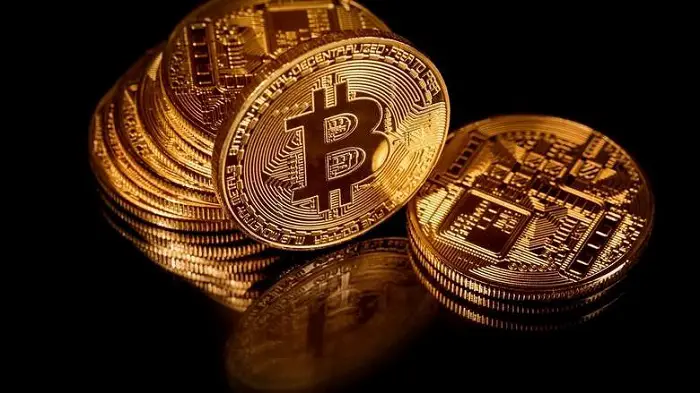The Art of Head Massage and Scalp Massage in Modern Self-Care

Self-care is no longer a passing trend but a vital practice in maintaining physical, emotional, and mental balance. Among the many therapies gaining recognition worldwide, the head massage and scalp massage stand as two of the most comforting and beneficial. Although often considered similar, they differ in their intention and technique. Together, they represent the art of healing through touch, offering a sanctuary for those who wish to escape daily stress while also improving overall health.
The Tranquility of Head Massage
A head massage is a deeply relaxing treatment that goes beyond surface-level comfort. It works on the head, temples, and sometimes the neck and shoulders, targeting areas where tension often collects. This form of massage has a long history in cultures such as India, where it forms part of the Ayurvedic tradition of balancing energy and encouraging vitality. Today, the practice continues to serve as a natural antidote to modern stress.
The gentle yet firm motions of a head massage encourage circulation in the head, allowing more oxygen to flow to the brain and easing the heaviness caused by overwork or fatigue. Many people describe the sensation as almost meditative, as if the mind is gradually released from the grip of stress. This form of massage does not only provide relaxation; it also supports better sleep, sharper focus, and relief from tension headaches. Its effects ripple outward, reminding us that when the mind is calm, the body follows.
The Rejuvenation of Scalp Massage
A scalp massage, although closely related to the head massage, carries a more targeted purpose. It emphasizes the health of the scalp itself, nurturing the foundation from which hair grows. By stimulating blood flow directly to the follicles, the scalp massage ensures that essential nutrients reach the roots, which can improve the strength, shine, and vitality of hair over time. It is particularly valuable for those who struggle with dryness, flakiness, or thinning hair.
The experience of a scalp massage is not only practical but deeply soothing. Warm oils are often applied, enhancing hydration and leaving the scalp refreshed. The repetitive, circular movements create a rhythm that is almost hypnotic, encouraging the body to surrender to relaxation. While the visible results are healthier hair and a nourished scalp, the hidden gift is the sense of serenity that lingers long after the treatment. It becomes a ritual of care that feeds both the body and the spirit.
Conclusion
The head massage and scalp massage may share similarities, but each offers something uniquely restorative. The head massage calms the mind, eases tension, and restores clarity, while the scalp massage focuses on the health of the scalp and the vitality of the hair. When combined, they provide a holistic experience that touches every aspect of well-being, from physical health to emotional peace. Their growing popularity is a reminder that healing can often be found in the simplest practices, where touch becomes a form of therapy and care becomes a way of life.







